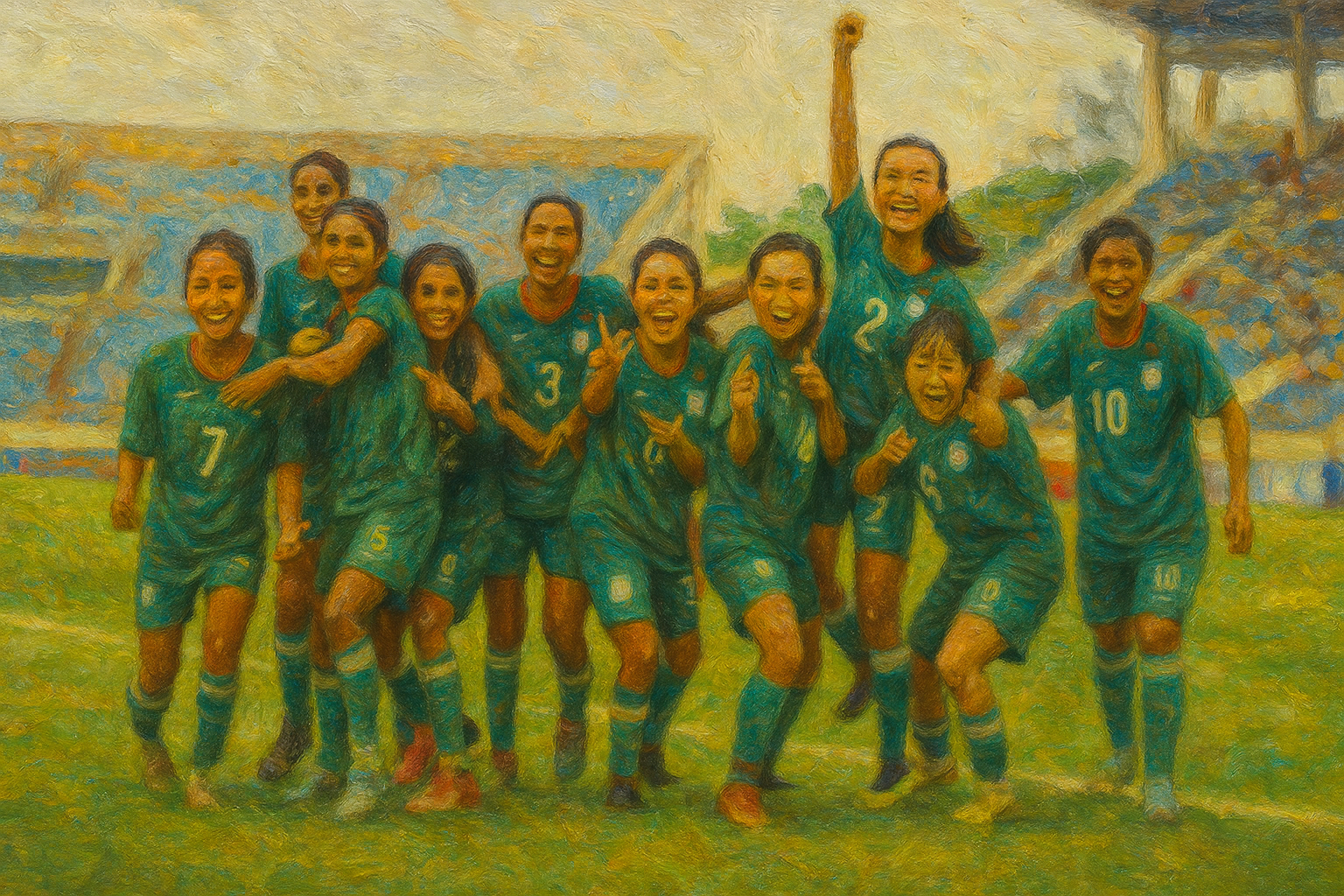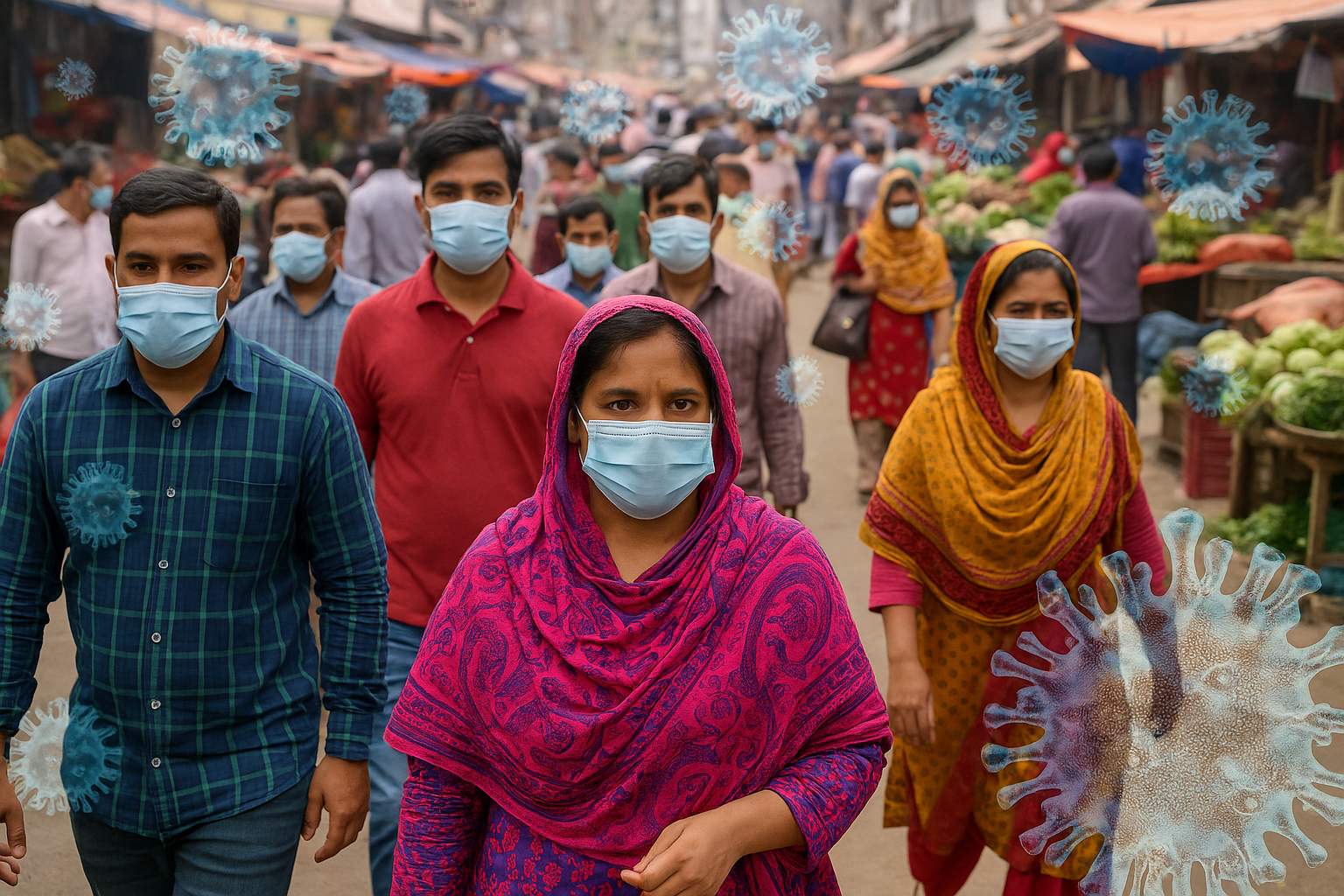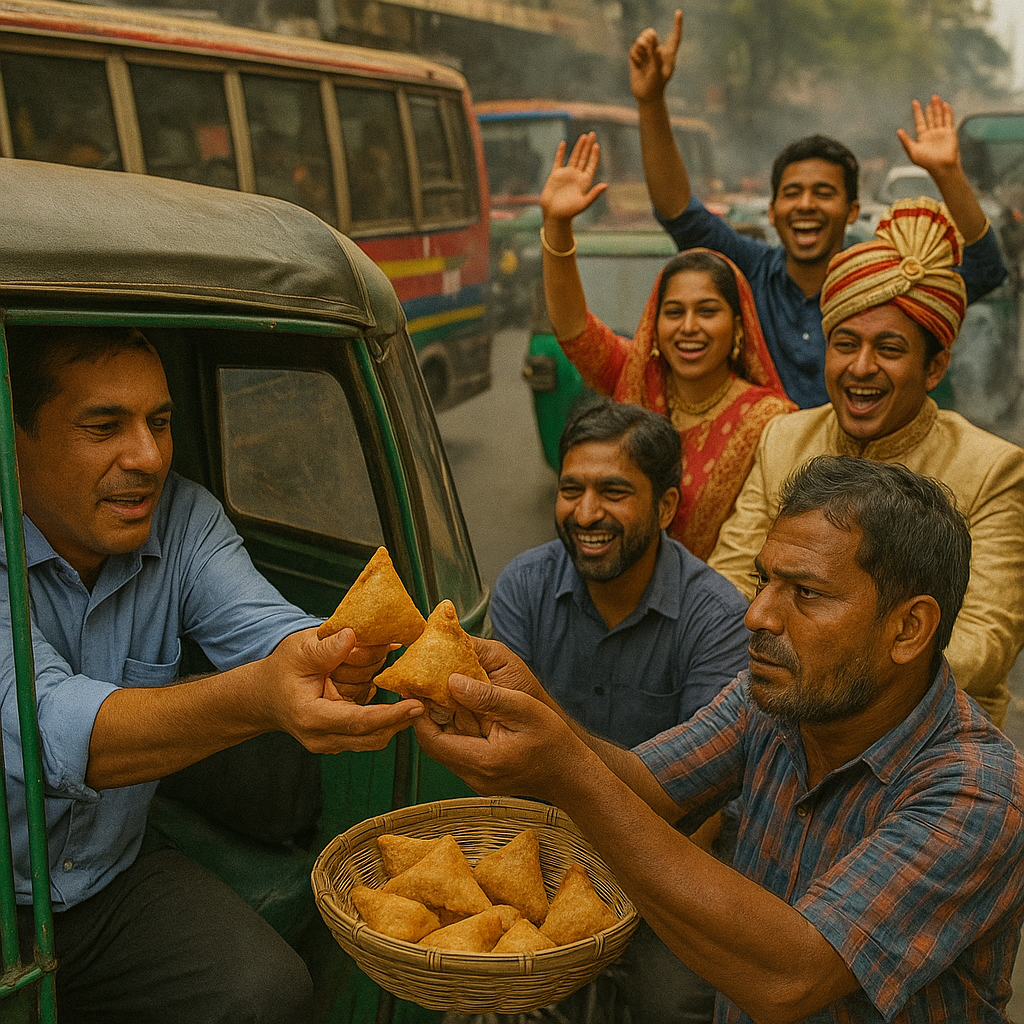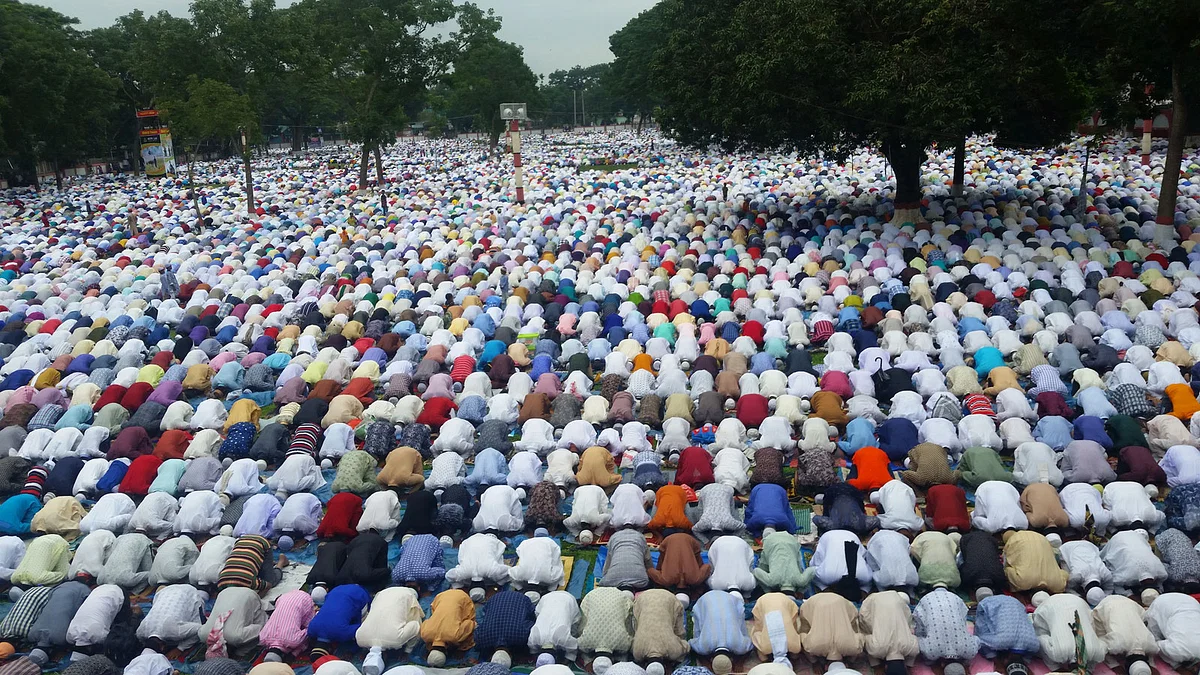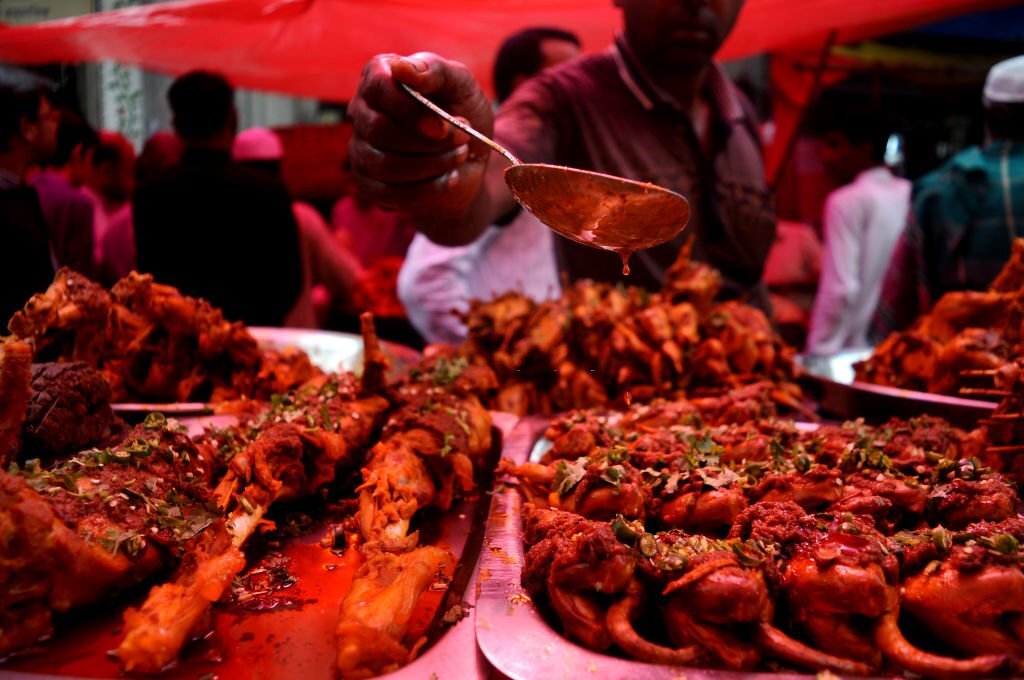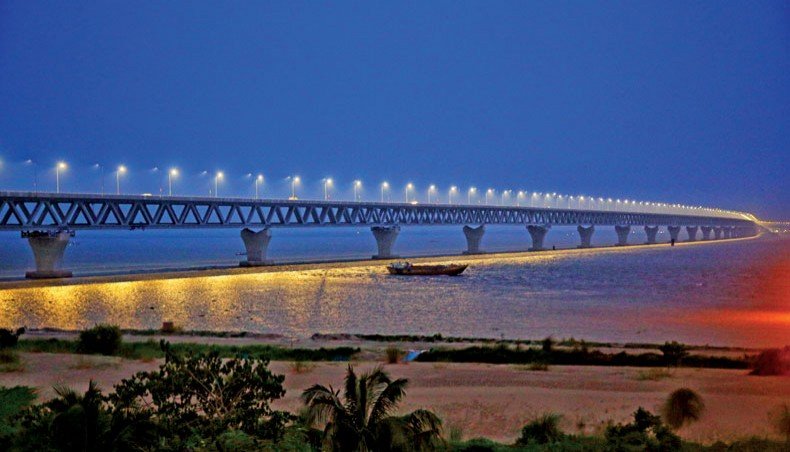Eid, the festival of joy and unity, holds a special place in the hearts of Muslims around the world. In Bangladesh, Eid celebrations are marked by communal prayers held in spacious grounds known as Eidgahs. These Eidgahs not only serve as venues for prayers but also as centers of community gatherings and festivities.
During the festive seasons of Eid-ul-Fitr and Eid-ul-Adha, Bangladesh comes alive with congregational prayers held at various locations across the country. Weather permitting, these prayers take place in the scenic Eidgah grounds. Steeped in history, some of these Eidgah grounds have stood for centuries, earning them the esteemed title of ancient or heritage sites. Let’s embark on a journey to explore the top five Eidgahs in Bangladesh, each with its own unique charm and significance.
Baitul Mukarram National Mosque Eidgah, Dhaka
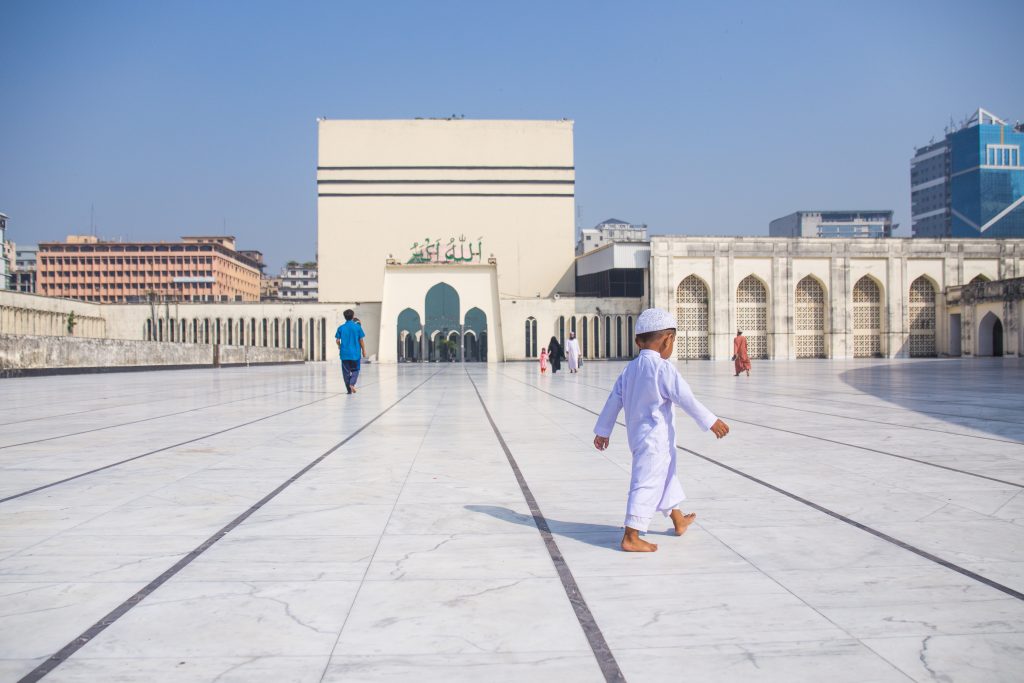
Located in the heart of Dhaka, Baitul Mukarram National Mosque is not only the largest mosque in Bangladesh but also a significant Eidgah. With its sprawling grounds, it accommodates thousands of worshippers during Eid prayers. The grandeur of the mosque and the vibrant atmosphere during Eid make it a must-visit destination for Muslims in Dhaka.
Baitul Mukarram is designed in the style of the Kaaba of Mecca. The eight storied mosque can accommodate about 40,000 people at a time for performing their prayers. It is the biggest mosque of Bangladesh and the 10th biggest in the world which preserves the traditional principles of the Mughal Architectures.
The mosque complex was designed by architect, Abdulhusein M Thariani. In 1959, owner of then Bawany Jute Mills, Haji Abdul Latif Bawany proposed to Major General Omrao Khan, then the military administrator of East Pakistan, of building a grand mosque in Dhaka. Omrao Khan agreed to help with building such mosque. The same year, ‘Baitul Mukarram mosque committee’ had been established and 8.30 acre of land between new Dhaka and old Dhaka had been chosen.
At that time, there was a large pond in the present mosque’s location. It was known as ‘Paltan pond. The pond was filled up and on 27 January 1960 then president of Pakistan Ayub Khan commenced the work. Prayer for the first time took place on Friday, 25 January 1963. The plan included shops, offices, libraries, and parking areas within the complex. Though there has been a tradition of dome mosque for Muslims, this building did not maintain the rule of the traditional mosque at that time.
A Mosque without a dome over the roof of its main prayer hall must have been a unique experiment. The mosque was built when the country was part of the Islamic Republic of Pakistan. In 2008 the mosque was extended, financed by a donation from the Saudi government.
Shahi Eidgah, Sylhet
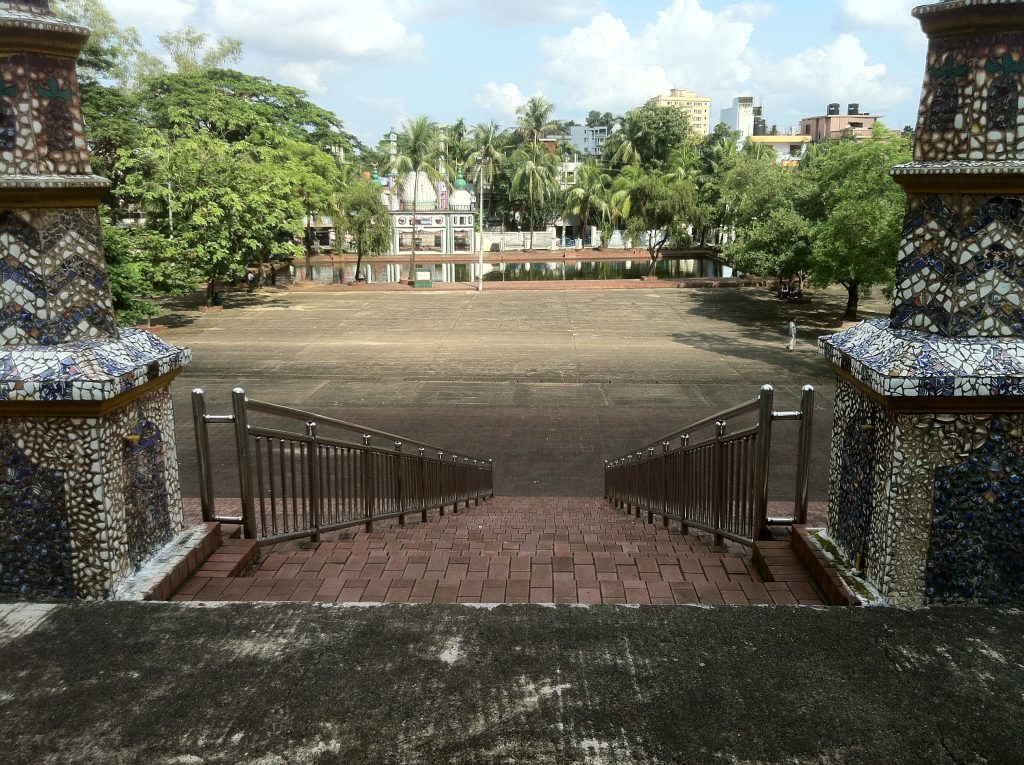
Sylhet Shahi Eidgah, also known as Shahi Eidgah, stands proudly in Sylhet, located in north-east Bangladesh, approximately three kilometers to the north-east of the Guru Nanak International Circuit House, serving as an open prayer hall primarily for Eid prayers. This architectural marvel was erected during the reign of Mughal Sultan Sarfaraz Khan. It has the capacity to accommodate over 100,000 worshippers simultaneously, making it a significant religious site and a prominent tourist attraction within the city.
Under the governance of Mughal emperor Aurangzeb, the appointed faujdar of Sylhet, Farhad Khan, oversaw the construction of Shahi Eidgah atop a hill during the 17th century. Notably, on 16 December 1782, the Pirzada of Sylhet, along with religious leaders Syed Muhammad Hadi and Syed Muhammad Mahdi, initiated the first uprising against British rule within these grounds which led to a confrontation with colonial forces led by Robert Lindsay.
Despite Lindsay’s armed contingents, the rebels persisted, resulting in a brief battle that culminated in the death of the rebel leaders and the Pirzada. This event, documented in Lindsay’s diary, became known as the 1782 Sylhet Uprising (Muharram Rebelion), leaving a lasting mark on the history of the region. Over the years, Shahi Eidgah continued to host influential political figures, including Mohandas Gandhi, who delivered a speech as part of his non-cooperation movement, followed by others such as Mohammad Ali Jinnah, Mohammad Ali Jauhar, Huseyn Shaheed Suhrawardy, and A. K. Fazlul Huq. Despite its architectural resemblance to a grand Mughal fort, Shahi Eidgah remains dedicated to its primary purpose of facilitating Eid prayers.
With three entry gates and fifteen domes, the structure also features a large pond, locally known as “fukoir” or “fukri,” serving as a designated wudu khana. At its center, a large mihrab adorns the wall, complemented by smaller mihrabs scattered throughout the grounds. Additionally, numerous half-domed minars line the borders of the eidgah, contributing to its majestic appearance and historical significance.
Sholakia Eidgah, Kishoreganj
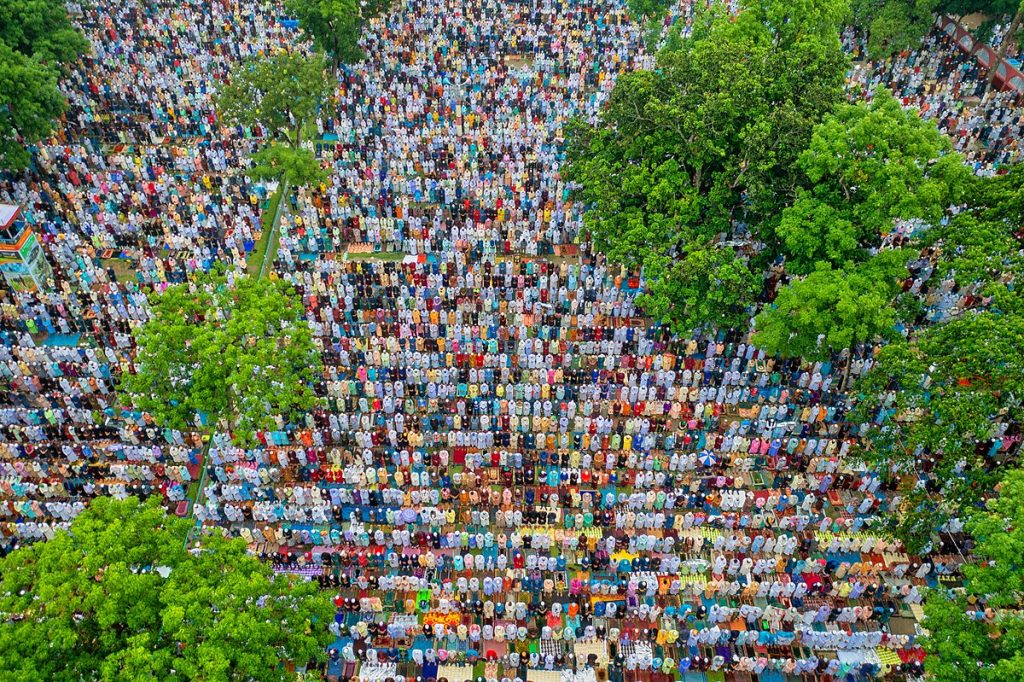
Located near Kishoreganj town in Bangladesh, Sholakia is renowned for its grand Eidgah, hosting the largest congregation of Eid prayers in the country during Eid ul-Fitr, marking the end of Ramadan. Approximately 300,000 worshippers gather for this auspicious occasion which is held on the expansive 7-acre Eidgah along the banks of the Narosunda River. With the Eidgah boasting a capacity of 250 rows, accommodating around 150,000 participants, additional worshippers spill into adjacent fields, roads, and courtyards to partake in the prayer.
The significance of Eid ul-Adha, the festival of sacrifice, is also marked with a comparably large congregation. Sholakia’s regular population, comprising 1,026 residents across 180 households, swells dramatically during these festive periods. Historically, Sholakia owes much of its religious significance to Syed Ahmed, a local Zamindar, revered saint, and Islamic leader. Syed Ahmed organized the first Eid congregation in 1828 within the fields of his own Taluk, setting the stage for Sholakia’s enduring legacy as a center for Islamic worship. Legend has it that 125,000 worshippers attended this inaugural congregation, inspiring the name ‘Sholakia’ (‘shoa’ meaning one and a quarter, and ‘lakh’ meaning a hundred thousand).
The Zamindars of Jangalbari and Hybathnagor played pivotal roles in supporting Syed Ahmed’s endeavors, with Dewan Mannan Dad Khan, a descendant of Isa Khan, generously donating 4.35 acres of land to the Eidgah in 1950, solidifying its place in history as a beacon of unity and devotion.
Dhanmondi Shahi Eidgah

Dhanmondi Shahi Eidgah, situated in Dhanmondi 6/A, stands as a significant archaeological gem in Dhaka. It is also known as the ‘Mughal Eidgah’ due to its historical ties. Erected in 1640 AD, it holds the distinction of being the oldest surviving Mughal monument in Dhaka, as acclaimed by conservationist architect Abu Sayeed M Ahmed. The Eidgah, commissioned by Prince Shah Shuja on orders from Emperor Shahjahan, served as a place of Eid prayers for Mughal dignitaries residing nearby. Spanning nearly 4 Bighas of land, the Eidgah boasts remarkable architectural features, including a semi-octagonal multi-cusped central prayer niche and elegant mural decorations adorning its walls.
Despite its historical significance, the Eidgah faced challenges, notably with the construction of a new mosque nearby, weakening its base and diminishing its aesthetic appeal. Moreover, neglect and urbanization over the past six decades have posed threats to its preservation. Efforts to safeguard the Dhanmondi Eidgah are imperative to protect this invaluable heritage site from further deterioration. With proper maintenance and conservation measures, its historical legacy can endure for generations to come, a pressing need underscored by its undeniable significance in the city’s cultural landscape.
Bagha Mosque Eidgah, Rajshahi

Bagha Mosque, nestled in the city of Rajshahi, boasts of a magnificent Eidgah that adds to its architectural splendor. The serene ambiance of the mosque’s surroundings enhances the spiritual experience of Eid prayers. Worshippers flock to this historic site not only for prayers but also to admire the intricate craftsmanship of the mosque’s design. Bagha Mosque Eidgah stands as a testament to the rich cultural heritage of Bangladesh.
In the rich tapestry of Bangladesh’s Eidgahs, tales of tradition and legacy echo through the ages. From the storied grounds of Shahi Eidgah in Sylhet to the grandeur of Sholakia and the historical significance of Dhanmondi Shahi Eidgah, these sites stand as testaments to the country’s vibrant cultural heritage, beckoning both worshippers and historians to cherish and preserve their enduring legacy for generations to come.
The Eidgahs of Bangladesh are not merely places of prayer; they are symbols of unity, spirituality, and cultural heritage. Each Eidgah, with its unique blend of history and architecture, offers a glimpse into the rich tapestry of Bangladeshi culture and traditions. As we celebrate Eid, let us cherish the spirit of togetherness and reverence that these sacred spaces instill in us. Whether it’s the grandeur of Baitul Mukarram or the tranquility of Bagha Mosque Eidgah, Rajshahi, each Eidgah beckons us to partake in the joyous festivities and strengthen our bonds of brotherhood.
Eid Mubarak to all!
